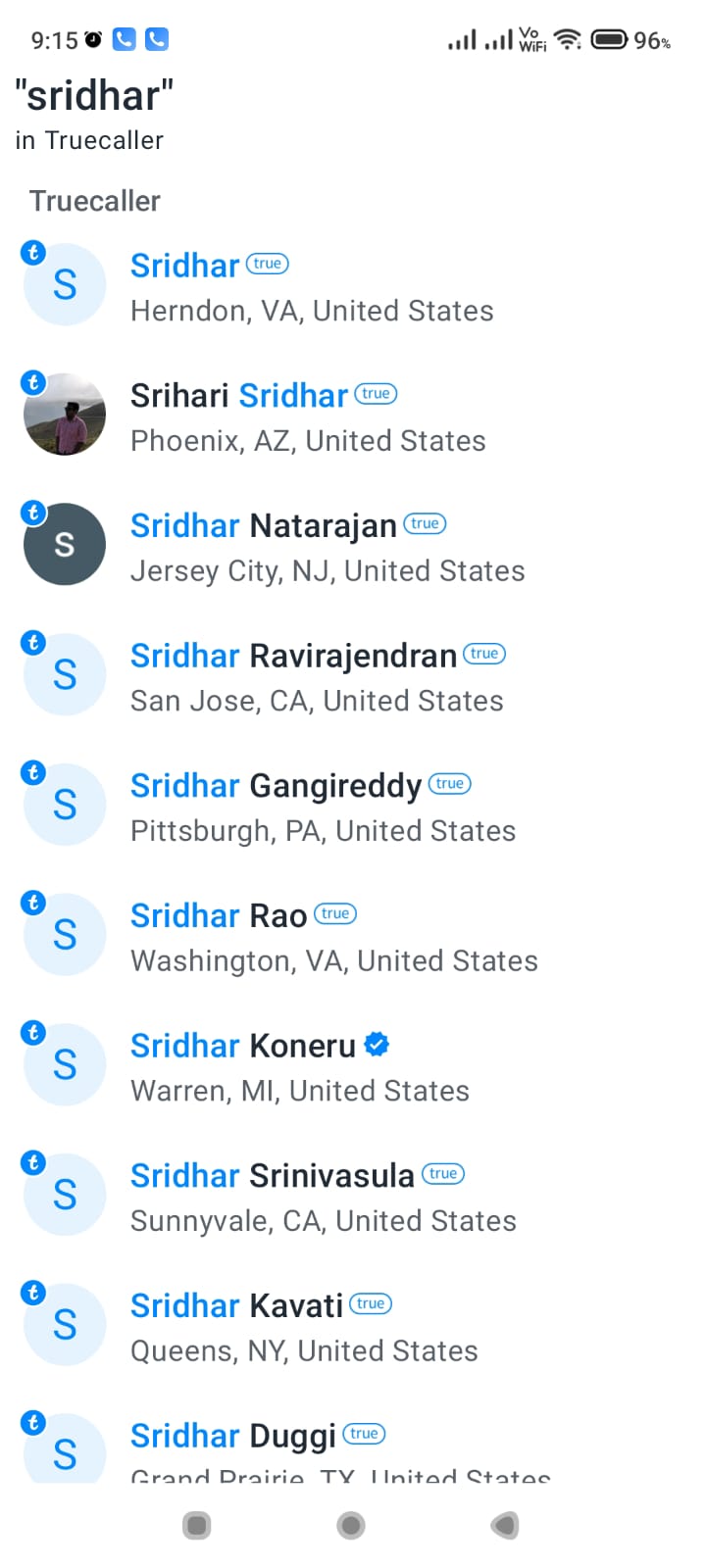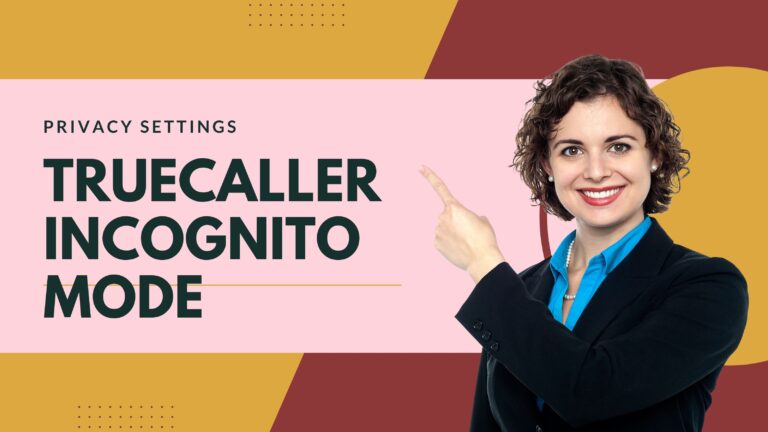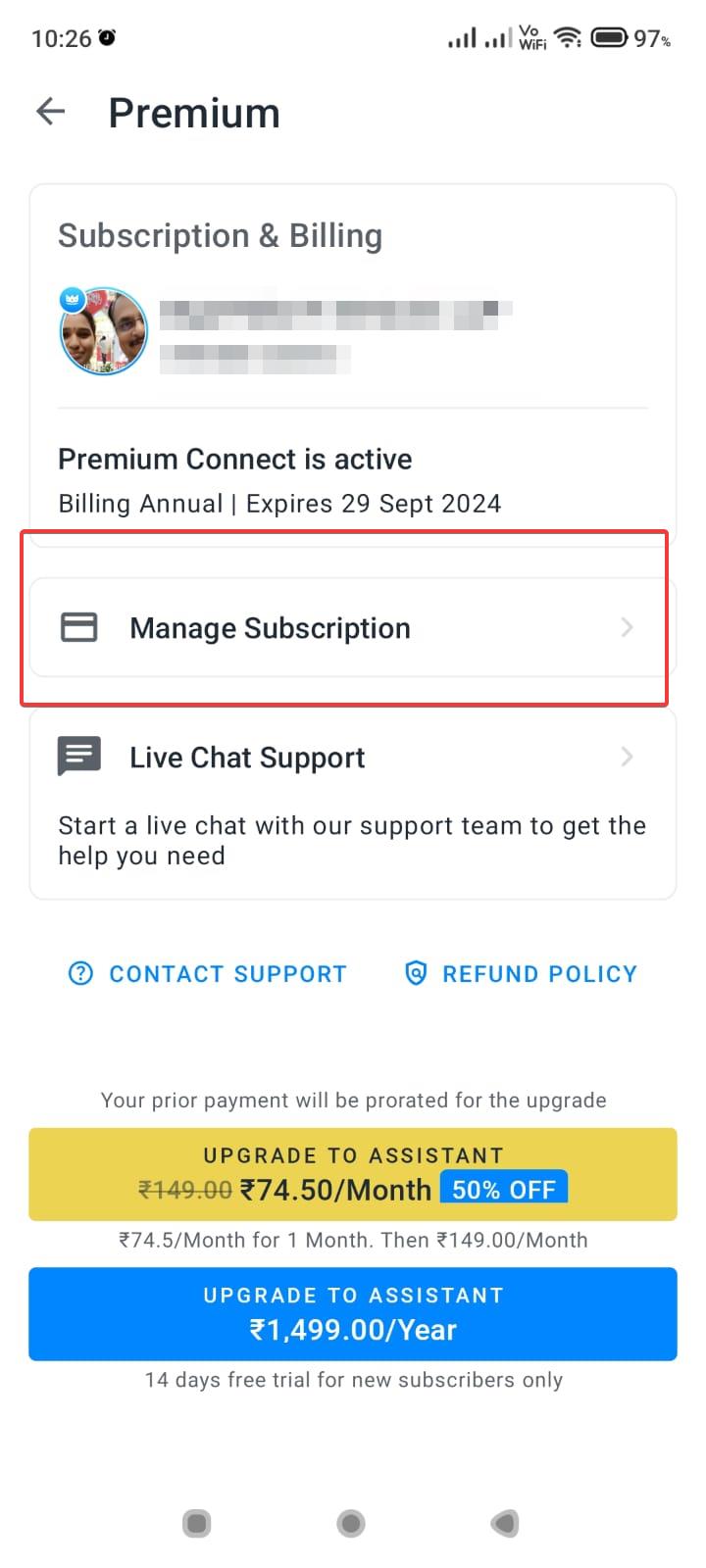Spam calls are a nuisance that most of us have to deal with on a regular basis. With scammers constantly finding new ways to get through to your phone, it can feel impossible to avoid them.
Thankfully, Truecaller offers some incredibly effective tools to block spam calls and text messages. In this post, I’ll explain exactly how to stop spam on Truecaller.
- How Truecaller's Spam Blocking Works
- Stop Spam Calls with Call Blocking
- Fix Issues with Truecaller's Spam Blocking
- Identify Spam and Fraud Calls
- Manually Mark Numbers as Spam
- Prevent Spam Calls from Slipping Through
- Is Truecaller Accurately Detecting Spam?
- FAQ - Truecaller SPAM Protection
- Stop Missing Calls from Spammers
- Conclusion
How Truecaller’s Spam Blocking Works
Truecaller uses a constantly updating database of known spam numbers, flagged by their millions of users around the world.
Whenever you receive a call or text, Truecaller checks the number against this database. If it finds a match, the caller will be flagged as “spam risk” or “verified spam“.
The app also uses advanced filtering technology to identify potential spammers based on calling patterns and behavior.
For example, if a number makes sequential calls to many users in a short time, or frequently changes IDs, Truecaller will recognize it as spam.
Once a number is flagged, you have the option to block it directly in the Truecaller app. Over time, this blocks the vast majority of spam calls and texts from ever reaching your phone.
Stop Spam Calls with Call Blocking
One of Truecaller’s most popular features is the ability to completely block calls from known spammers and untrusted numbers. Here’s how to enable call blocking:

- Open the Truecaller app and go to Settings.
- Tap on Block.
- Enable the following options.
- Block top spammers
- Block hidden numbers
- Block numbers from foreign countries
- Block numbers not in the phonebook.

You can choose the option to disable also, if you want foreign numbers or calls from contacts outside the phonebook.
Now all calls from suspected spam numbers will be automatically blocked. Your phone won’t ring and you won’t get interrupted.
You can also block specific numbers manually by tapping the “Block” button on any Truecaller caller ID screen. This is useful for blocking numbers not already flagged in their database.
Fix Issues with Truecaller’s Spam Blocking
While Truecaller’s spam blocking is generally very accurate, issues can occasionally come up. Here are some common problems and how to fix them:
Problem: Truecaller isn’t identifying some spam calls.
Solution: Make sure to report missed spam calls in the app. This helps Truecaller identify new spam numbers.
Problem: Truecaller is blocking wanted calls.
Solution: Whitelist important contacts in the app settings. This overrides the spam blocking for their numbers.
Problem: Spam blocking filter isn’t working properly.
Solution: Try restarting your device and the Truecaller app. Check for app updates. Re-enable permissions.
Problem: Spam calls are still coming through.
Solution: Confirm that spam blocking is enabled in the app settings. Consider using Caller ID or Premium features for more aggressive blocking.
Problem: Truecaller isn’t blocking text message spam.
Solution: Enable the “Block spam SMS” option in app settings. This stops spam texts just like calls.
Taking a couple minutes to report spam callers and tweak your Truecaller blocking settings can make a huge difference. Over time, you’ll notice far fewer unwanted calls and texts coming through.
Identify Spam and Fraud Calls
In addition to blocking, Truecaller Premium uses crowd-sourced reports and phone number analytics to identify high-risk callers. Whenever you receive a call, Truecaller will display the name, location, user comments and more.
This makes it easy to identify potential spam calls before answering. Here are some telltale signs of a spammer:
- Flagged as spam risk or verified spam: Truecaller has identified the number as a known source of spam calls.
- No name or location info: Anonymous callers are more likely to be scammers.
- Short, generic label: Names like “Service”, “Credit Card”, etc. often indicate spam.
- Multiple user complaints: See user comments warning about spam or fraud.
- Sequential calling pattern: The number has called multiple users in a short period.
- Frequent ID changes: The caller regularly spoofs different numbers.
Using Truecaller’s enhanced caller ID and community feedback helps you detect spammers before becoming their next victim.
Manually Mark Numbers as Spam
As much as Truecaller tries to identify spammers automatically, you’ll inevitably encounter some numbers it doesn’t recognize. By manually reporting these calls, you help improve Truecaller’s spam detection for all users.

Here are two ways to mark a number as spam in Truecaller:
During an incoming call: If you suspect a call is spam, simply tap “Spam” on the caller ID screen. This immediately blocks the number while reporting it.
After a call: Open your call history in Truecaller, find the call and tap “Mark as spam”. This helps Truecaller identify new sources of spam.
You can also flag messages as spam to block future texts from the number. With the whole Truecaller community reporting spam, the database stays highly accurate and up-to-date.
Prevent Spam Calls from Slipping Through
Even with diligent spam blocking, the occasional unwanted caller might slip through. Here are some tips to further reduce unwanted calls:

- Enable Premium: Truecaller’s paid plans offer enhanced spam, scam and fraud protection. Premium users get flagged calls first.
- List your number publicly: This adds your number to Truecaller’s directory, helping identify legitimate callers.
- Report spam diligently: Constantly reporting missed spam helps train Truecaller’s filters.
- Block unknown callers: Stop calls from any unidentified numbers in your settings.
- Whitelist important numbers: Prevents Truecaller from accidentally blocking wanted calls.
- Use keyword blocking: Block calls from numbers with spammy keywords like “credit”, “survey”, etc.
- Get updates frequently: Regular app updates improve spam blocking capabilities.
With Truecaller’s array of customization options, you can set up a spam barrier specific to your needs.
Is Truecaller Accurately Detecting Spam?
Truecaller uses an array of advanced techniques to detect spam calls and texts. However, like any automated system, it’s not perfect 100% of the time.
Based on thousands of user reviews, Truecaller’s spam detection seems around 85-90% accurate. Some of the key factors in its performance include:
- Location: Accuracy is higher in regions with more Truecaller users, like India.
- Call volume: Performance improves with more calls and spam reports. Low usage results in more missed spam.
- Spam type: Truecaller excels at blocking promotional spam but can struggle with political robocalls.
- False positives: Overly aggressive blocking accidentally stops some wanted calls.
- Phone model: Spam blocking works better on higher-end Android models with more advanced capabilities.
- Reporting diligence: The more users who report spam, the better it can identify new numbers.
Overall, Truecaller’s spam blocking functionality is among the best available for Android. With consistent user feedback, its performance continues to improve over time.
FAQ – Truecaller SPAM Protection
How does Truecaller identify spam calls?
Truecaller uses a constantly updated database of known spam numbers flagged by users. It also employs advanced algorithms to identify spam calling patterns. Things like sequential dialing, ID switching, and anonymous IDs can indicate spam.
Can Truecaller block text message spam too?
Yes, Truecaller can block spam texts in addition to calls. Just enable the “Block spam SMS” option in the app settings. This will stop texts from senders marked as spam.
What should I do if Truecaller misses a spam call or text?
If you notice spam calls or texts that Truecaller didn’t catch, make sure to report them in the app after the fact. This helps Truecaller identify new sources of spam and improves its blocking accuracy. Consistently reporting missed spam is key.
Will blocking spam calls on Truecaller stop them completely?
Truecaller greatly reduces spam calls for most users. However, an occasional unwanted call may get around its detection. But diligently reporting these results in blocking the source over time and continually improves Truecaller’s spam protection.
Stop Missing Calls from Spammers
One downside to Truecaller’s aggressive spam call blocking is that it prevents you from screening and reporting some spam calls. If you notice some unwanted callers slipping through the cracks, try these methods to identify and stop them:
- Temporarily turn off auto call blocking in Truecaller’s settings. This allows all calls to come through so you can screen and report them.
- Check your phone’s call logs regularly for unfamiliar numbers to identify previously blocked spammers. Search for these numbers in Truecaller to flag or block.
- Let unknown calls go to voicemail. If the voicemail sounds like spam, find the number in your logs and report it.
- When answering calls, don’t say anything. Many spam systems will flag the call as invalid if no one responds. You can then block the silent caller.
- Consider adding spam monitoring apps like Mr. Number to supplement Truecaller’s blocking with new sources of spam reports.
Catching and reporting additional spam calls makes Truecaller’s service even more effective at stopping them in the future.
Conclusion
Dealing with spam calls may feel unavoidable, but Truecaller provides powerful tools to take control of the situation. Features like real-time caller ID, spam blocking, and reporting make it difficult for scammers and telemarketers to get through.
While the occasional spammer may slip by, diligently reporting these calls trains Truecaller’s algorithm and helps identify new spam sources. By flagging unwanted callers as they appear, you can steadily reduce interruptions until spam calls become a rarity.
Try leveraging the full suite of Truecaller spam prevention tools for a noticeable improvement in call and text message quality after just a few weeks. With the whole community contributing, Truecaller’s database gets more robust by the day.





